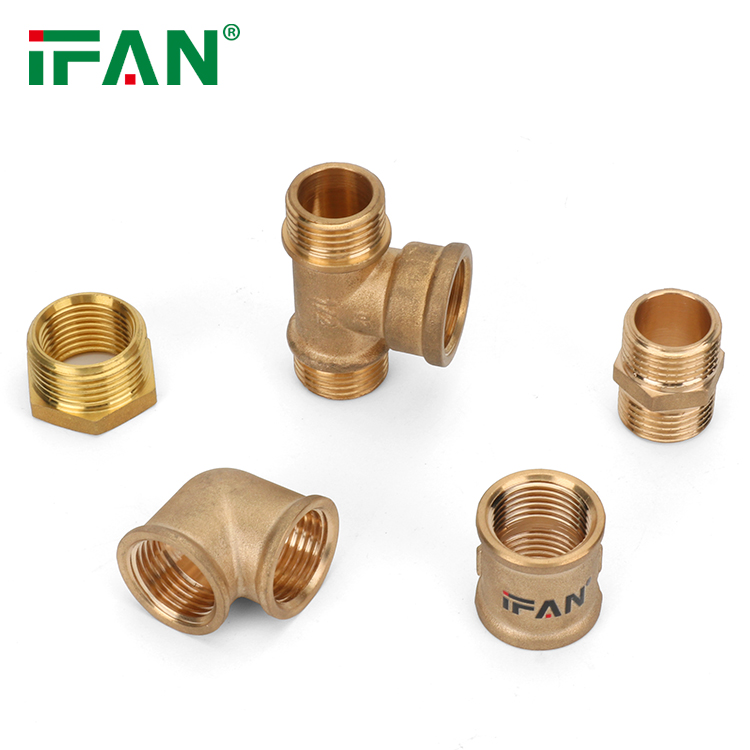IFAN factory 30+ years manufacture experience support color /size customization support free sample.Welcome to consult for catalog and free samples.This is our Facebook Website:www.facebook.com,Click to watch IFAN’s product video.Compared with Tomex products, our IFAN products from quality to price are your best choice, welcome to buy!
1. Material Composition and Construction
PEX-Al-PEX pipes consist of three layers: an inner and outer layer of cross-linked polyethylene (PEX) with an aluminum core. This composition provides durability and flexibility, combining the benefits of both materials. In contrast, traditional PVC pipes are made from polyvinyl chloride, which is rigid and less flexible. PVC pipes are typically one solid layer, which can limit their ability to withstand certain pressures and impacts compared to the layered construction of PEX-Al-PEX pipes.
2. Flexibility and Ease of Installation
PEX-Al-PEX pipes are known for their flexibility, allowing for easy bending and shaping without the need for additional fittings in many cases. This flexibility simplifies installation, particularly in tight or complex spaces, reducing the potential for leaks at joints. PVC pipes, while sturdy, are less flexible and often require more fittings to navigate around obstacles, increasing the likelihood of potential leak points if not installed properly.
3. Durability and Longevity
Both PEX-Al-PEX and PVC pipes offer good durability, but they excel in different aspects. PEX-Al-PEX pipes are highly resistant to corrosion and scaling due to the inert nature of polyethylene and the protective aluminum layer. They are also less prone to bursting in freezing conditions compared to rigid PVC pipes, which can become brittle under extreme cold. PVC pipes, however, are resistant to chemical corrosion and offer good resistance to abrasion and impact, making them suitable for certain industrial applications.

4. Performance in Temperature Variations
PEX-Al-PEX pipes exhibit excellent thermal performance, thanks to the aluminum layer that enhances heat conductivity. This makes them ideal for applications such as radiant floor heating, where efficient heat transfer is crucial. PVC pipes have lower thermal conductivity and may expand and contract more significantly with temperature changes, potentially affecting their long-term performance in hot and cold environments.
5. Cost Considerations and Environmental Impact
Cost can vary between PEX-Al-PEX and PVC pipes depending on factors such as pipe diameter, length, and local market conditions. Generally, PVC pipes tend to be more cost-effective upfront compared to PEX-Al-PEX pipes, which involve additional materials like aluminum. However, PEX-Al-PEX pipes may offer lower long-term maintenance costs due to their durability and resistance to corrosion. In terms of environmental impact, both materials are recyclable, but PVC production involves more chemicals and energy compared to the simpler manufacturing process of PEX-Al-PEX pipes.

Conclusion
In conclusion, the choice between PEX-Al-PEX pipes and traditional PVC pipes depends largely on specific project requirements, budget considerations, and performance expectations. PEX-Al-PEX pipes excel in flexibility, durability against freezing, and thermal conductivity, making them suitable for a wide range of residential and commercial applications. PVC pipes, on the other hand, offer cost advantages and chemical resistance, suitable for applications where rigid structure and corrosion resistance are paramount. Understanding these differences allows for informed decisions that ensure optimal performance and longevity in plumbing systems. Always consult with professionals and adhere to local building codes when selecting and installing piping systems.





